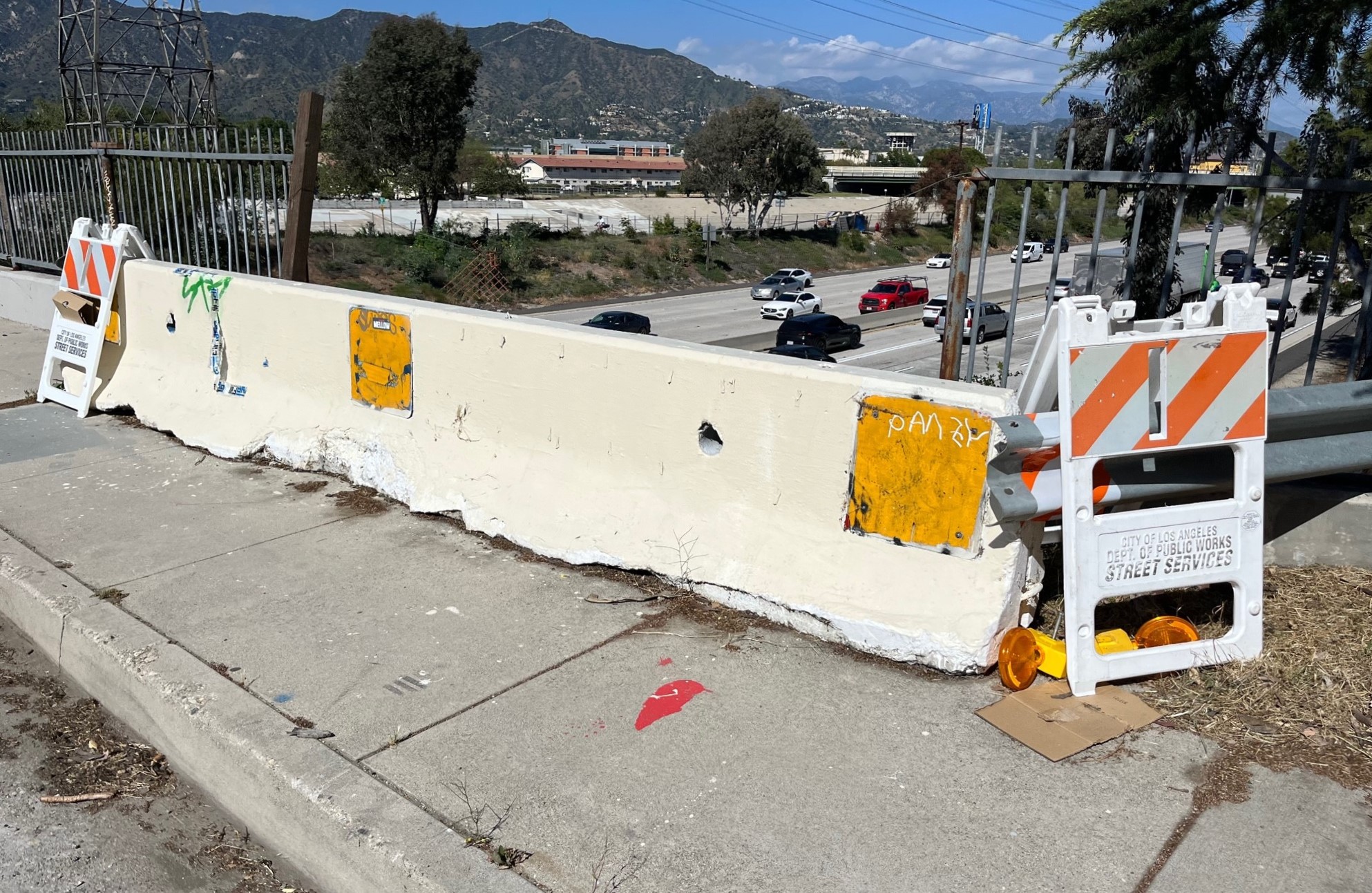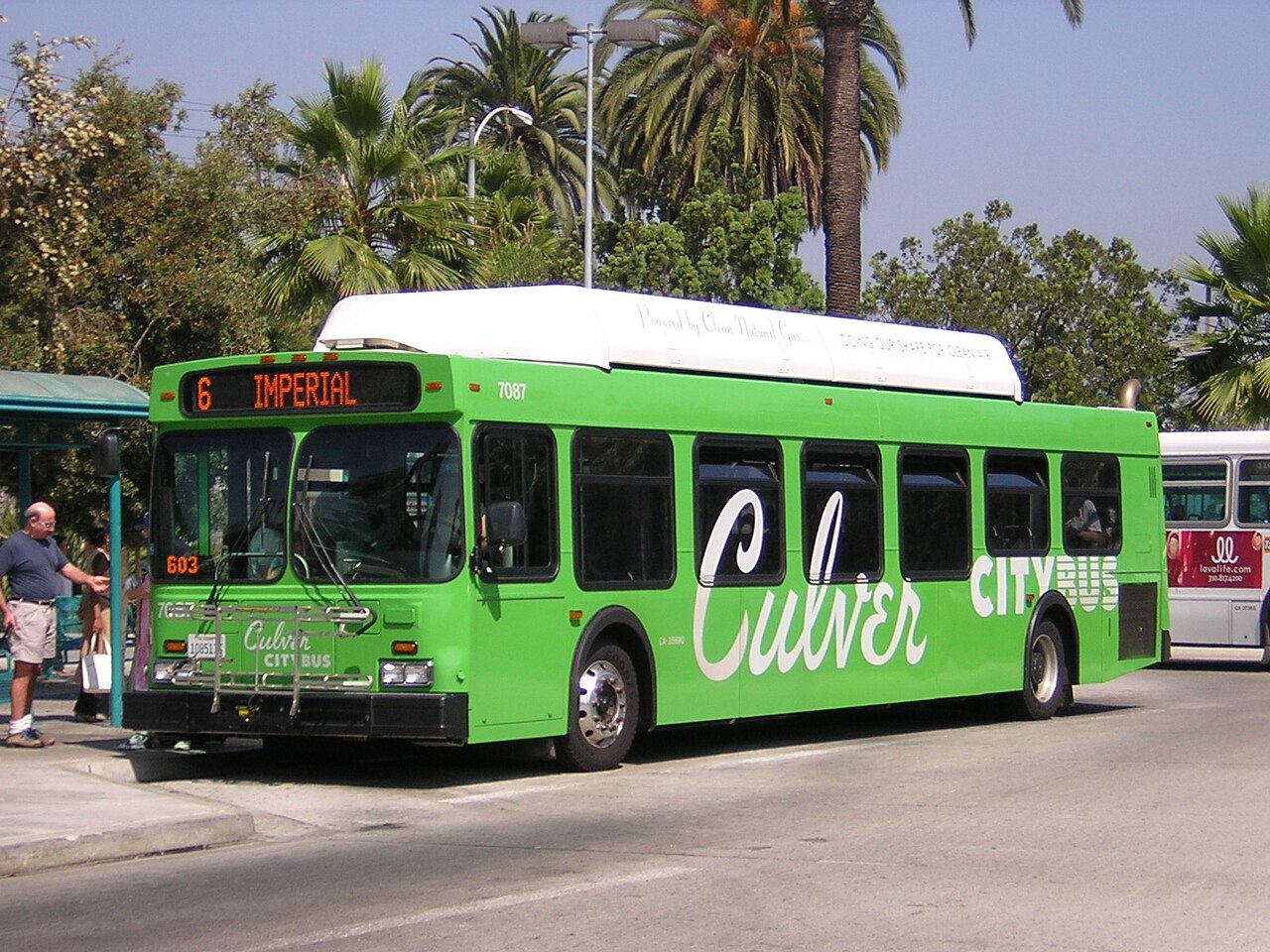Under Economic Impact Analysis, Highway Expansion Loses Appeal
9:19 AM PDT on June 12, 2012
Despite the common refrains about transportation spending creating jobs, most states don't actually give serious thought to the economic impact of transportation projects. More often than not, they're content to sink money into freeways despite a wealth of research that shows that transit, bikeways, and sidewalks deliver a much bigger economic bang for the taxpayer's buck.
There is evidence, however, that this may be changing.
In a new paper, "Better Use of Public Dollars: Economic Impact Analysis in Transportation Decision Making," [PDF] author Nicolas Norboge examined how economic analysis can help states make smarter transportation decisions. He describes the uninspiring status quo:
Applying economic impact analysis to transportation projects might seem an obvious part of the decision-making process, but today many transportation investments are made without considering these impacts. The Government Accountability Office (GAO) reported in 2010 that only 11 states cited economic analysis as being very important when deciding which projects to include in their statewide transportation plans.
Norboge, an assistant researcher at the Texas Transportation Institute and a fellow at the Eno Center for Transportation, developed a set of recommendations to guide transportation investment in today's stringent fiscal atmosphere. An economic impact analysis is one of several emerging tools intended to supplement the traditional environmental impact statement (EIS) requirement, an engineering study mandated under the National Environmental Policy Act, in weighing the costs and benefits of a particular project.
The way things are now, states get piles of money from the federal government to spend on transportation, but with hardly anything in the way of an instruction manual. And, left to their own devices, states have a poor record of holding themselves to any standards regarding the economic impact of how they choose to spend that money.
Norboge's research highlights how four states – Indiana, Kansas, North Carolina, and Michigan – used economic analysis to "improve their transportation investment decisions and increase public support for their transportation programs,” according to Eno Center President Joshua Schank.
While each state used at least some combination of jobs data and gross state product to measure economic impact over a span of 20 or 30 years, they used different computer models and were free to weight their factors differently based on public input.
Consider the case of Kansas DOT's new Highway Selection Program. Following the results of a 900-stakeholder survey, KDOT determined that economic impacts should account for 25 percent of the rationale for building a given highway (often shorthand for transportation) project. This was intended to change the perception that road builders were more concerned with the physical characteristics of a project than with its impact to a community. And to make sure the new methodology was making a difference, KDOT kept in touch with its constituents, using the internet and public meetings to engage citizens in new ways.
The result has been a shift in the kinds of projects built by the Kansas DOT.
"The shift went from construct/expand projects to a greater respect for maintenance projects and the long-term economic value this type of investment provides," Norboge told Streetsblog in an email. "This occurred for both urban and rural projects." (Data for the other states were less conclusive, but Norboge indicated the trend was fairly widespread.)
Hopeful changes like these are harder to come by at the federal level, though the report does cite the positive trend of some programs placing greater emphasis on economic impact. The New Starts transit grant program, introduced in the mid-1960s, is the earliest example. Since then, TIFIA loans, around since 1998, and TIGER grants, part of President Obama's stimulus package, each require innovation and performance on the part of states that's wholly absent in the population-based "formula" funding. Norboge recommends expansion of such discretionary programs once a transparent and standardized selection system can be developed.
Norboge also recommends that the federal government take the lead in helping some states improve their performance.
"USDOT has the resources to help and guide states and localities that are interested in improving their own decision-making processes, and to do so in a way that is sensitive to the individual needs of each state," Norboge wrote in his report.
Norboge presented his research, which won the Eno Center's inaugural William P. Eno paper competition, at an event last Friday morning co-hosted by the Bipartisan Policy Center here in Washington. A video of Friday morning's event will be posted this week.
Stay in touch
Sign up for our free newsletter
More from Streetsblog Los Angeles
LAPD Was Crossing Against Red Light in Crash that Killed Pedestrian and Injured Six in Hollywood
The department says the officers had turned on their lights and sirens just before crossing, but won't say why they did so.
Freeway Drivers Keep Slamming into Bridge Railing in Griffith Park
Drivers keep smashing the Riverside Drive Bridge railing - plus a few other Griffith Park bike/walk updates





